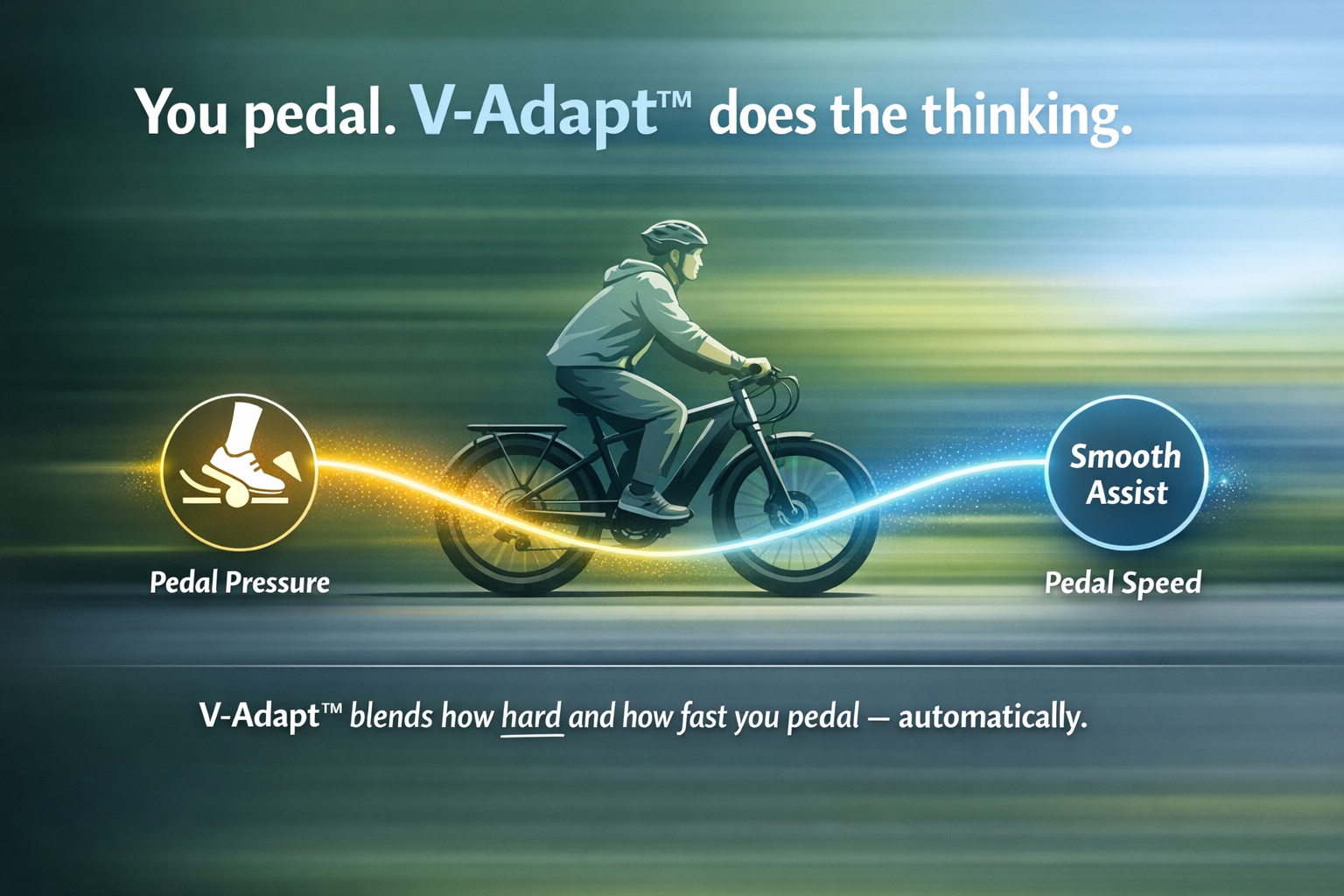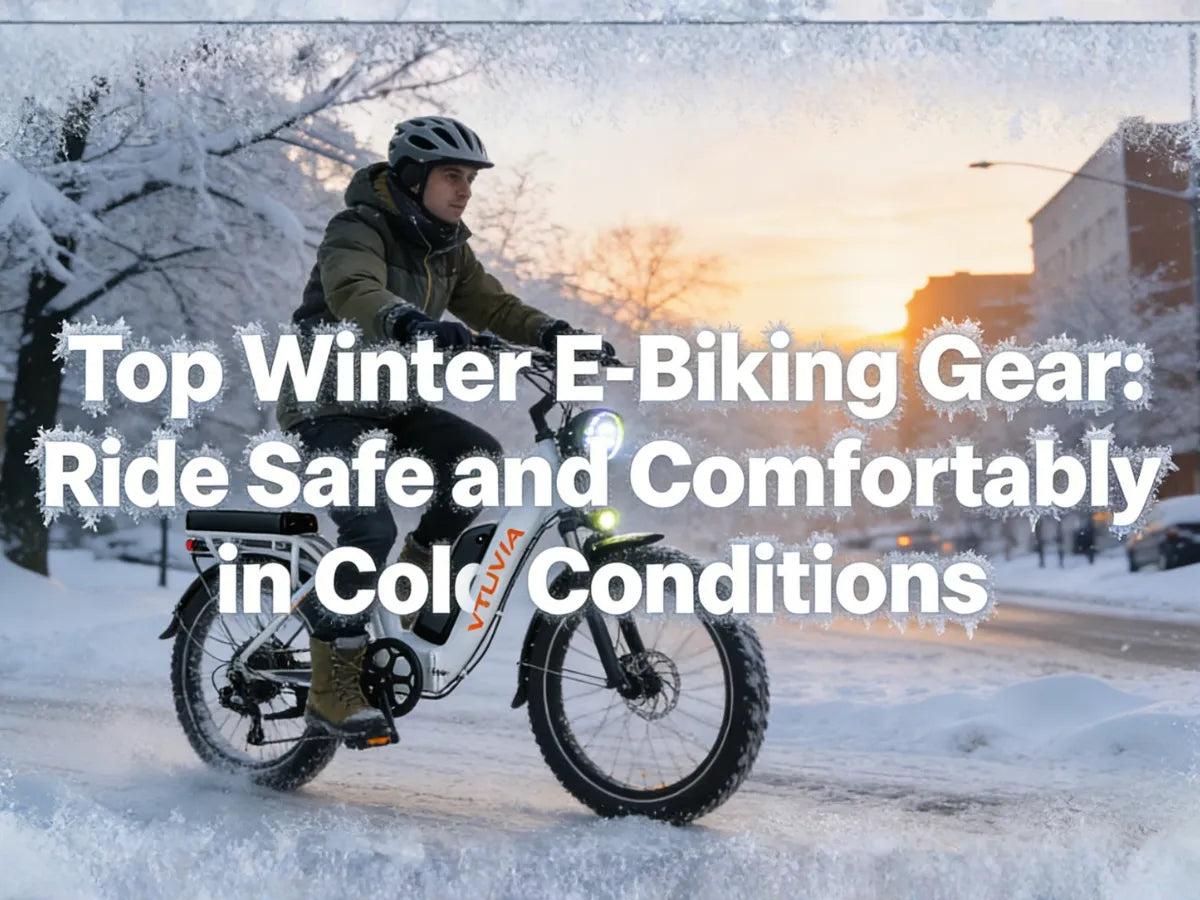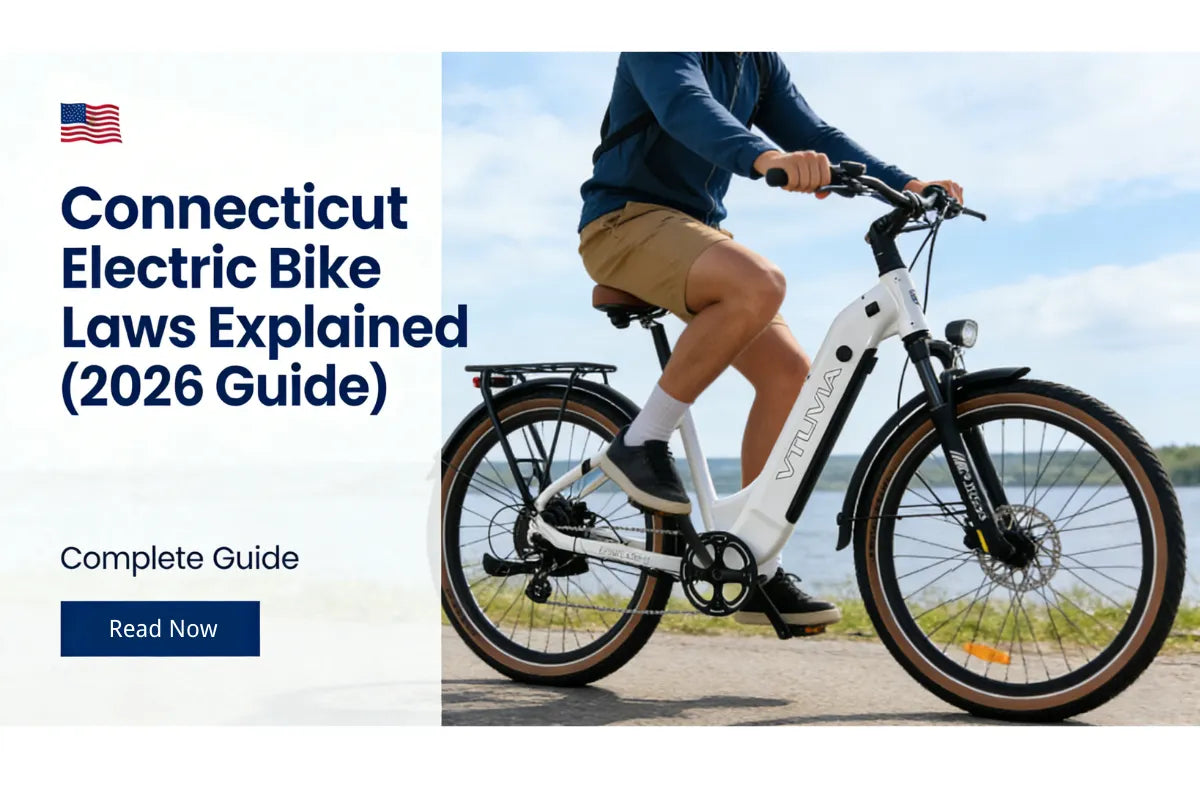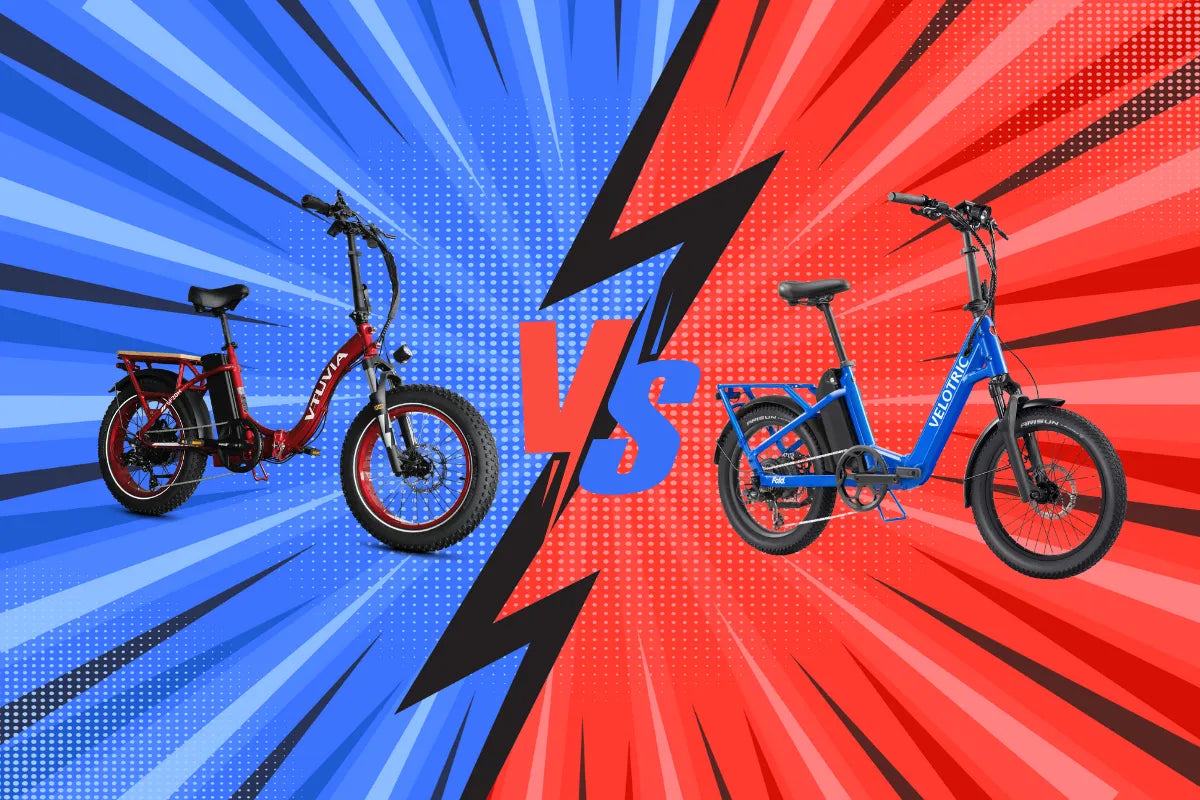When it comes to choosing the perfect e-bike, one of the most critical factors to consider is its weight capacity. Whether you're a seasoned cyclist or a newcomer to the e-bike scene, understanding how weight capacity impacts your ride can help ensure you make an informed decision. In this blog post, we'll dive into what e-bike capacity means, why it matters, and how to choose the best e-bike for your needs.
What is E-Bike Capacity?
E-bike capacity refers to the maximum weight an electric bike can safely carry, including the rider, any cargo, and additional accessories. This capacity is usually expressed in pounds or kilograms and is a crucial aspect of e-bike specifications. Knowing the weight limit of an e-bike helps prevent overloading, which can affect the bike's performance, safety, and longevity.
Why is Weight Capacity Important?
1. Safety First
Exceeding the weight capacity of an e-bike can lead to several safety issues. Overloading may strain the bike’s frame, wheels, and motor, increasing the risk of mechanical failures or accidents. A bike that is not designed to handle your weight and additional cargo can become unstable, reducing your control and comfort while riding.
2. Performance and Efficiency
E-bikes are engineered to handle specific weights to ensure optimal performance. If you exceed the recommended weight capacity, the motor may work harder, reducing the bike's efficiency and range. This means you may experience reduced battery life and diminished performance, making your ride less enjoyable.
3. Durability and Longevity
Riding an e-bike beyond its weight capacity can lead to excessive wear and tear on components like the frame, wheels, and suspension. Over time, this can result in costly repairs or the need for premature replacement of parts. Sticking to the recommended weight limits helps maintain the bike’s durability and extends its lifespan.
Choosing an E-Bike with the Right Capacity
When selecting an e-bike, consider the following tips to ensure it meets your needs and weight requirements:
1. Check Manufacturer Specifications
Always refer to the manufacturer’s specifications for weight capacity. Reputable brands provide detailed information on their e-bikes' maximum load limits. For example, our Vtuvia highlights that some of their best e-bikes are designed to support up to 400 lbs, making them suitable for a range of riders and cargo needs. Similarly, we offers insights into understanding and selecting e-bikes with appropriate weight capacities for different purposes.
2. Consider Your Riding Needs
Think about how you will use your e-bike. If you plan to carry heavy loads, such as groceries or equipment, choose an e-bike with a higher weight capacity. Additionally, consider the type of terrain you'll be riding on, as this can impact the bike's performance and the stress it endures.
3. Test Ride Before Buying
If possible, test ride the e-bike to gauge its comfort and performance. Pay attention to how it handles your weight and any additional cargo. A test ride can also help you assess the bike's stability and overall feel, ensuring it meets your expectations.
4. Consult with Experts
If you're unsure which e-bike is best for you, consult with e-bike experts or visit local bike shops. They can provide personalized recommendations based on your weight, riding style, and specific needs.
Vtuvia Best 400-lbs Capacity Ebike
Gemini 26 Inch Fat Tire Electric Bike
✓ 1092Wh Dual Batteries
✓ 80 Miles Max Range
✓ 35 Mph Top Speed
✓ 100Nm / 1000W Motor (Peak 1600W)
✓ 26" * 4.0 Anti-Puncture Fat tire
✓ Shimano 7 Gears Rear Derailleur

Reindeer 26 Inch Step-Thru Fat Tire E-Bike
✓ UL2849 Certified
✓ Step-Thru Design
✓ 750W Motor (Peak 1100W)
✓ 1092Wh LG Battery
✓ 55 Miles Max Range
✓ 28 Mph Top Speed
✓ Shimano 7 Gears Rear Derailleur
Conclusion
Understanding e-bike capacity is essential for ensuring a safe, enjoyable, and efficient riding experience. By selecting an e-bike with the appropriate weight limit, you can enhance your comfort, maintain the bike's performance, and enjoy many miles of trouble-free riding. For more information on e-bike capacities and to find the perfect model for your needs, check out the detailed guides from Vtuvia E-Bikes.
Ready to find your ideal e-bike? Explore the options that fit your requirements and start enjoying the freedom and fun of electric biking today!






Share:
Ride in Style: The Impact of E-Bike Colors on Safety and Trendiness in 2024
The Ultimate Guide to City E-Bikes in 2024